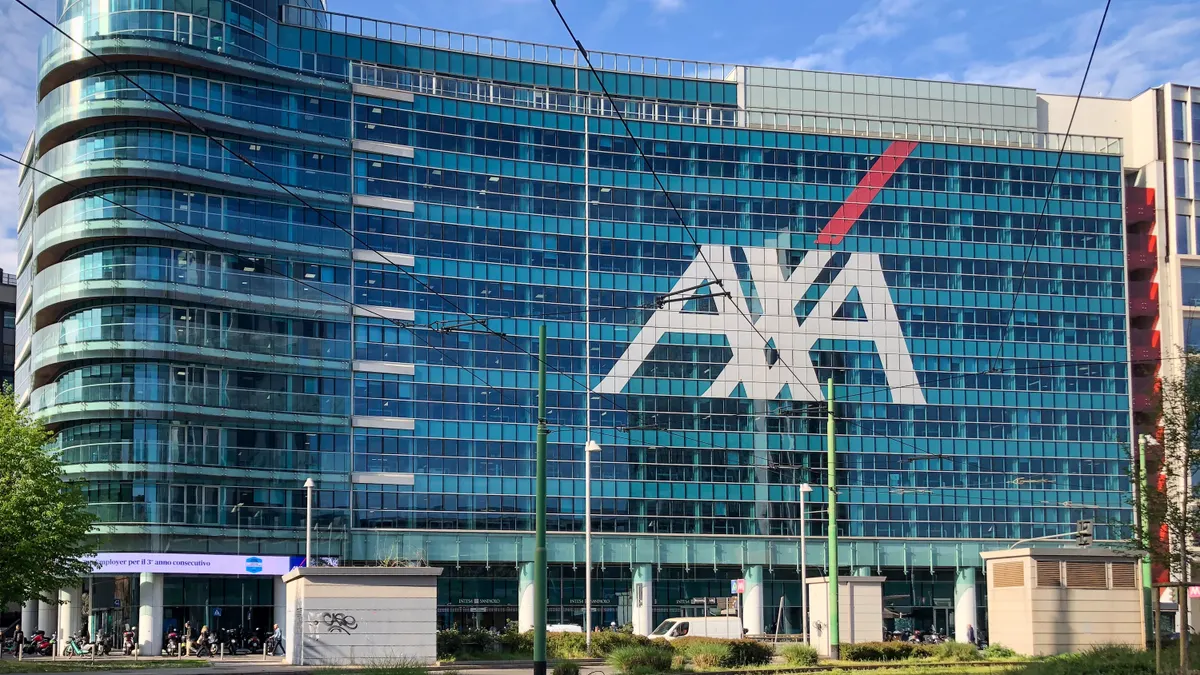Buckle up, executives: 2023 will likely be a challenging year.
Economy watchers and monetary policy shapers say 2023 will bring financial constraints, slower growth and rising interest rates. Through it all, somehow, technology executives must lead businesses to invest in the right technologies as companies adapt.
The most recent projections say tech budgets might not feel the full effect of an economic contraction, with enterprise IT spending projected to reach $4.6 trillion next year, up 5.1% year-over-year.
For some companies, the priority will be keeping critical systems running smoothly with the resources on hand. As a result, their focus is on trimming fat from cloud bills and negotiating terms wherever possible.
Others expect to continue expansion, and need to attract talent and deploy software solutions to keep pace with revenue and innovation goals. Still, technology execs will likely be asked to stretch their dollars.
CIO Dive spoke with five technology executives and asked them for their 2023 tech budget priorities. Here's what they said.
(Responses have been slightly edited for length and clarity)
Ashok Srivastava, SVP and chief data officer at Intuit
We will invest in many areas, but some of the most important investments will be in:
- Real-time and batch clean data infrastructure and pipelines
- AI infrastructure to support model development and deployment at scale to democratize AI
- New AI model development to drive end customer benefits
- Self-serve analytics infrastructure
- Platform engineering and operational excellence.
Toby Roberts, SVP of IT at Zillow
When investing in new technology, it’s important to have a unified strategy to solve an identified problem. At Zillow, we invest in tools and tech to elevate Cloud HQ, Zillow’s flexible work model, to translate what was great about in-person, office collaboration into a digital way of working.
Our eyes are on digital whiteboarding technology that enables asynchronous brainstorming, essentially virtualizing the classic "whiteboard brainstorm" session.
We’re also experimenting with digital canvas and editing tools for real-time feedback and collaboration on documents and presentations, tailoring software to the unique needs of teams across Zillow.
And of course, experimenting deeper in technology that has always been available to us, to provide a more equitable working experience. At Zillow, we take a "one Zoom, all Zoom" approach so meetings remain equitable whether you’re at-home or in-person, and schedule meetings within "core collaboration" hours to accommodate employees across multiple time zones.
Jamie Smith, CIO at the University of Phoenix
Our biggest investments are in areas where the macro environment is experiencing the most rapid change.
Due to the evolution of third-party data, consumer expectations and the ability to leverage machine learning we are investing heavily in our digital experience and marketing stack. This includes a customer data platform and the underlying digital experience platform.
The other key area of investment is in our communication platform for both students and prospects. Meeting our students on any screen, any time and anywhere is our priority.
We will be implementing a cloud-based interaction platform including machine learning based journey orchestration, multichannel communications and integration into our customer data platform to personalize interactions in real time.
Michele Buschman, CIO at American Pacific Mortgage
We will continue expanding investments into cloud data security, which would include cloud access security broker and exploring expansion of features in Commvault Metallic space, as well. General continuation of investments to [further] mature our overall security program.
We'll also expand RPA investments, with the addition of an updated OCR/ICR/ADES solution, to allow for even more automation, which will allow for exception processing.
Additionally, we'll invest in a new updated implementation of our core LOS solution, adopting new re-imagined workflows and implementing automation to allow for exception processing and a simpler, faster customer interface.
Chris Bedi, chief digital information officer at ServiceNow
For us, we’re prioritizing investments in tech that will deliver sustained efficiency and productivity. To do this at scale, we’re looking to new tech that can integrate and transform core business operations like automation, low-code/no-code and process mining from a single platform versus disparate point solutions.
These technologies have shown measurable ROI by eliminating repetitive work, uprooting bottlenecks and reducing costs.
Hyperautomation is a reason we have over an 80% self-service success rate across the enterprise, with employees solving their own issues four out of every five times with knowledge base articles, chatbot help, or other personalized resources.
When combined on a single platform acting as a central hub to everything happening across the business, we can keep our sights set on sustainable margins and minimize energy spent on operations.























